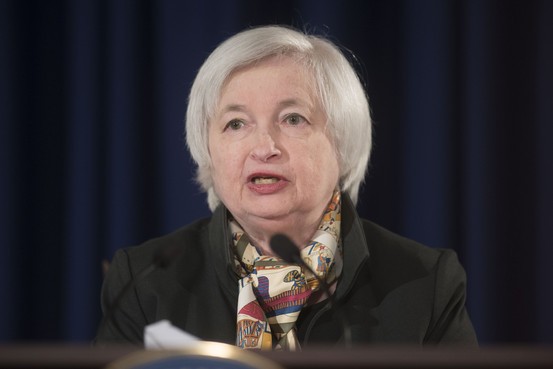Risky European Bonds Shaken by Emerging Market Tremors MoneyBeat
Post on: 12 Апрель, 2015 No Comment

Risk
We live in a world of one trade: buy risk or sell risk. UPI/Newscom
A rising tide is said to lift all boats. A crashing wave can often sink a few of them too. As emerging-market bonds listed from another sharp selloff, other areas perceived risky by investors have been caught in the swell.
Average yields on European high-yield bonds, for instance, are about 0.2 percentage points higher than they were last Wednesday, closing Tuesday at 4.74%, according to a Markit index. Thats the largest short-term jump since June when yields on these so-called junk bonds rose more than 0.5 percentage points in a weekagain prompted by a shakeout in emerging markets.
Yields on corporate hybrid bondssecurities that combine aspects of both debt and equity, and are therefore considered more risky as they are near the end of the line for repayment if a borrower went bustalso shot up by a similar clip over the last week. By contrast, investment-grade corporate bonds, the safest of which served as a haven for investors during the sovereign-debt crisis, barely budged. To put it more crudely, we live in a world of one trade: buy risk or sell risk.
There has been a general risk aversion in the market over the last week or so, said David Fancourt, a fund manager at M&G Investments, which manages about £234 billion ($388 billion).
Some areas have been hit harder than others. High-yielding companies that have exposure to emerging markets have suffered, as have companies in weaker European economies such as Spain and Italy.
In general lower quality names have underperformed, Mr. Fancourt said.
The latest bout of volatility has to be viewed in context, though. Yields on European junk bonds remain around the lowest on record, and spreadsthe extra yield investors demand to hold these bonds relative to a benchmark, in this case based on interbank lending ratesare still around the narrowest they have been since late 2007, Markit data show.
Investors arent panicking either. A regulatory push for banks to hold more capital in the wake of the financial crisis means banks are less willing to step in and buy bonds during a selloff. With fewer potential buyers in the market, price moves tend to be more exaggerated, Mr. Fancourt said. Yields move in the opposite direction to prices.
And even though prices have fallen in recent days, few investors are rushing in to buy bonds.
We don’t think valuations have moved far enough to create an attractive buying opportunity, said Travis Murdoch, a portfolio manager at Cairn Capital Ltd, which manages $3.3 billion.














